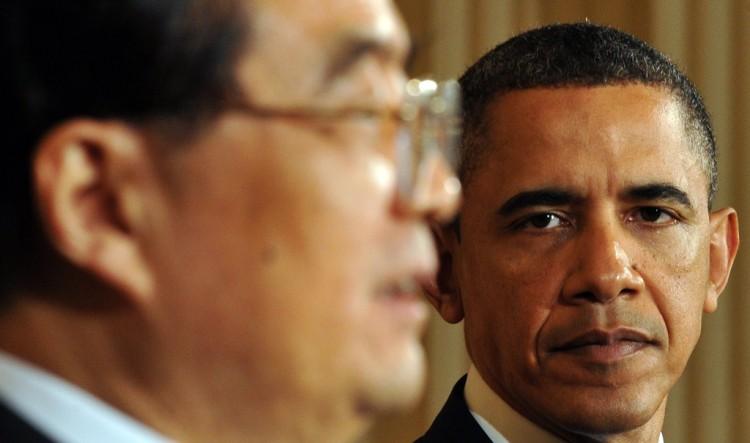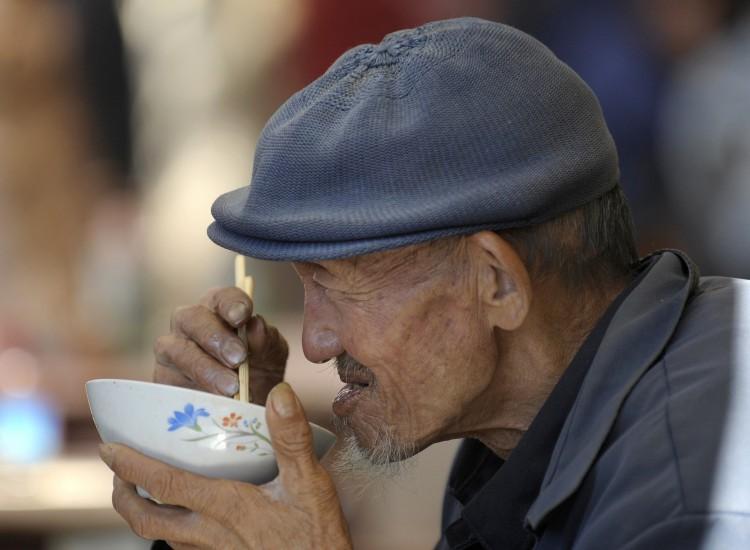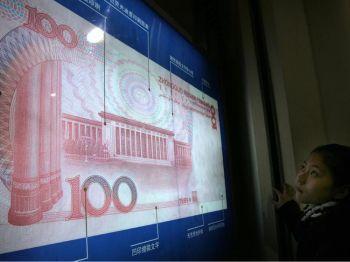In response to the Obama administration announcing a new military strategy that focuses on the Asia-Pacific region, China’s official media sounded a warning note for Washington D.C.
China’s official News Agency, Xinhua, published a commentary on Jan. 6 entitled, “It Is the ‘Option’ that the U.S. Should Not Have Chosen.” In the commentary, Xinhua wrote as though representing the people of the Asia-Pacific region, “The United States should follow the trend. It should act in a prudent manner in its ’strategic adjustment.' Otherwise, it will be starkly contrary to the common wishes of the people in the Asia-Pacific region.”
Xinhua article warned that as the revamped U.S. national defense strategy defined China as a threat to security, it may challenge the mutual trust between the two countries. The commentary went on by saying, “The action taken by the U.S. will foment a tense atmosphere and increase the anxiety involved in using military forces. The United States’ new deployment threatens the balance in the region. It has released a signal of unrest.”
The commentary published by China’s official newspaper, People’s Daily, said the United States is a “troublemaker.”
“The U.S. new military strategy once again reminds us that Iran is important for China,” said an the article published by Global Times on Jan. 6. We should not “follow the U.S. values and judgments for culture, society, and politics to determine the likes and dislikes of Iran.”
China’s well-known expert on American issues, Jin Canrong, professor in the School of International Studies and School of Public Administration and Deputy Director at the Center for American Studies, Renmin University of China, told the Global Times, “The U.S. military specifically takes China as a rival,” and adding “such changes are detrimental to China.”
However, Jin also believes that the change in strategy represents only the view of the Department of Defense, not the views of the United States as a whole. He said, “The United States is diverse. It’s still possible for China to prevent the view of the Department of Defense from being that of the United States as a whole.”
Yong-Chun Liang, Military commentator for Voice of Chinese directly criticized the new U.S. strategy in his report on China National Radio on Jan. 8, saying, “If it is like what some media have said that the new U.S. policy is to take China as its opponent in military strategy, then the United States has made a serious strategic mistake.”
People’s Daily analyzed the responses of the Asia-Pacific countries to the new strategy in a report on Jan. 9. It stressed that Australia said that the strategy should not threaten China or the Sino-Australian trade relationship.
People’s Daily also summarized some westerners’ points of view by saying, “Many experts and scholars believe that the new U.S. military strategy in the Asia-Pacific region may bring new factors for unrest.”
The Chinese regime’s only official reaction thus far to the new strategy was published Jan. 9 on the website of the Defense Ministry. Spokesman Geng Yansheng said China has noticed “this document,” and “U.S. accusations against China in this document are totally groundless.”
He also urged the United States to “go with the trend of the times,” and “be careful with your words and actions.”
President Barack Obama revealed the new military strategy in a press conference at the Pentagon on Jan. 5. The key point of the report, “Sustaining U.S. Global Leadership: Priorities for 21st Century Defense,” is to reduce the number of troops in Europe, continue to maintain military superiority, and to strengthen the U.S. military power in Asia.



